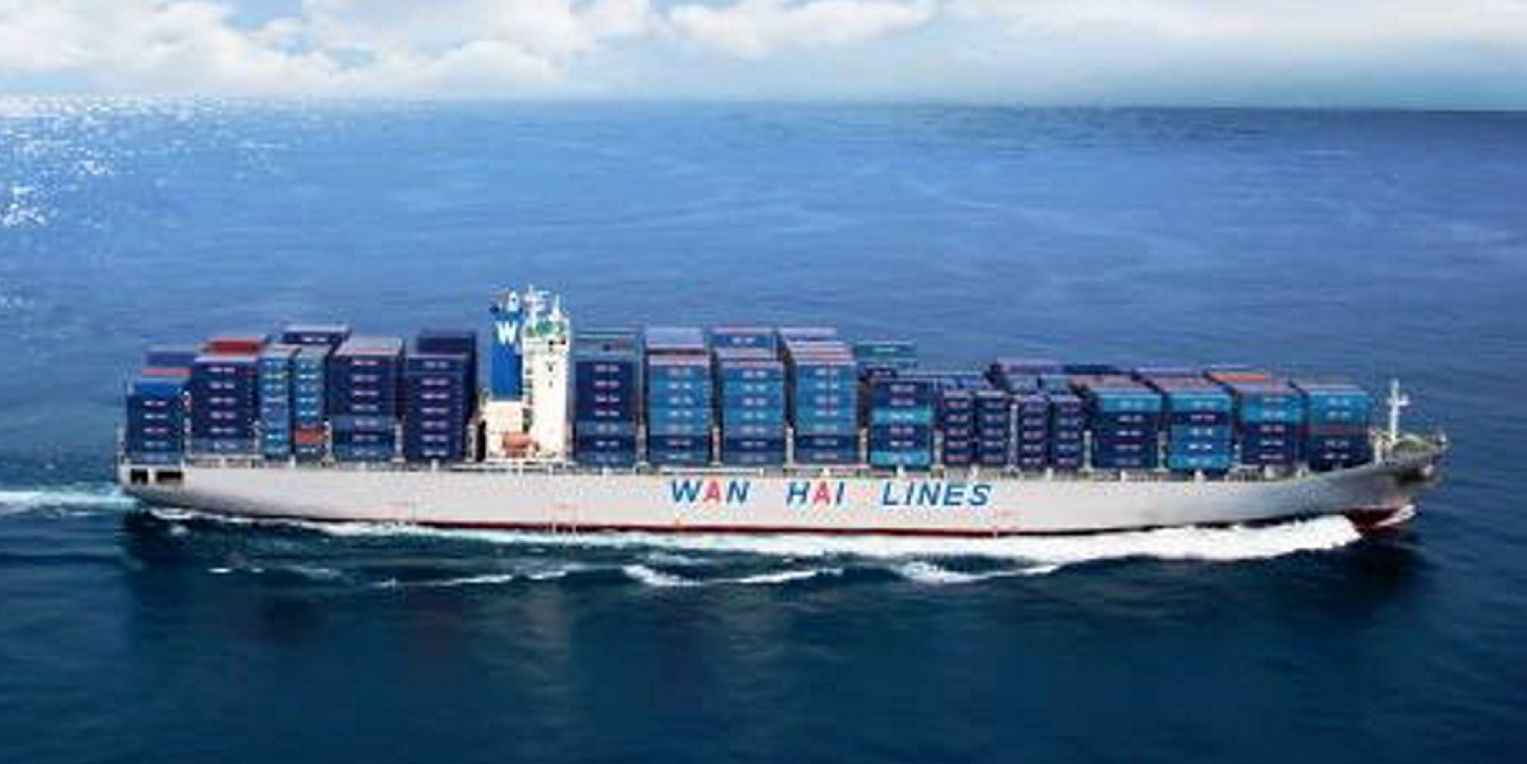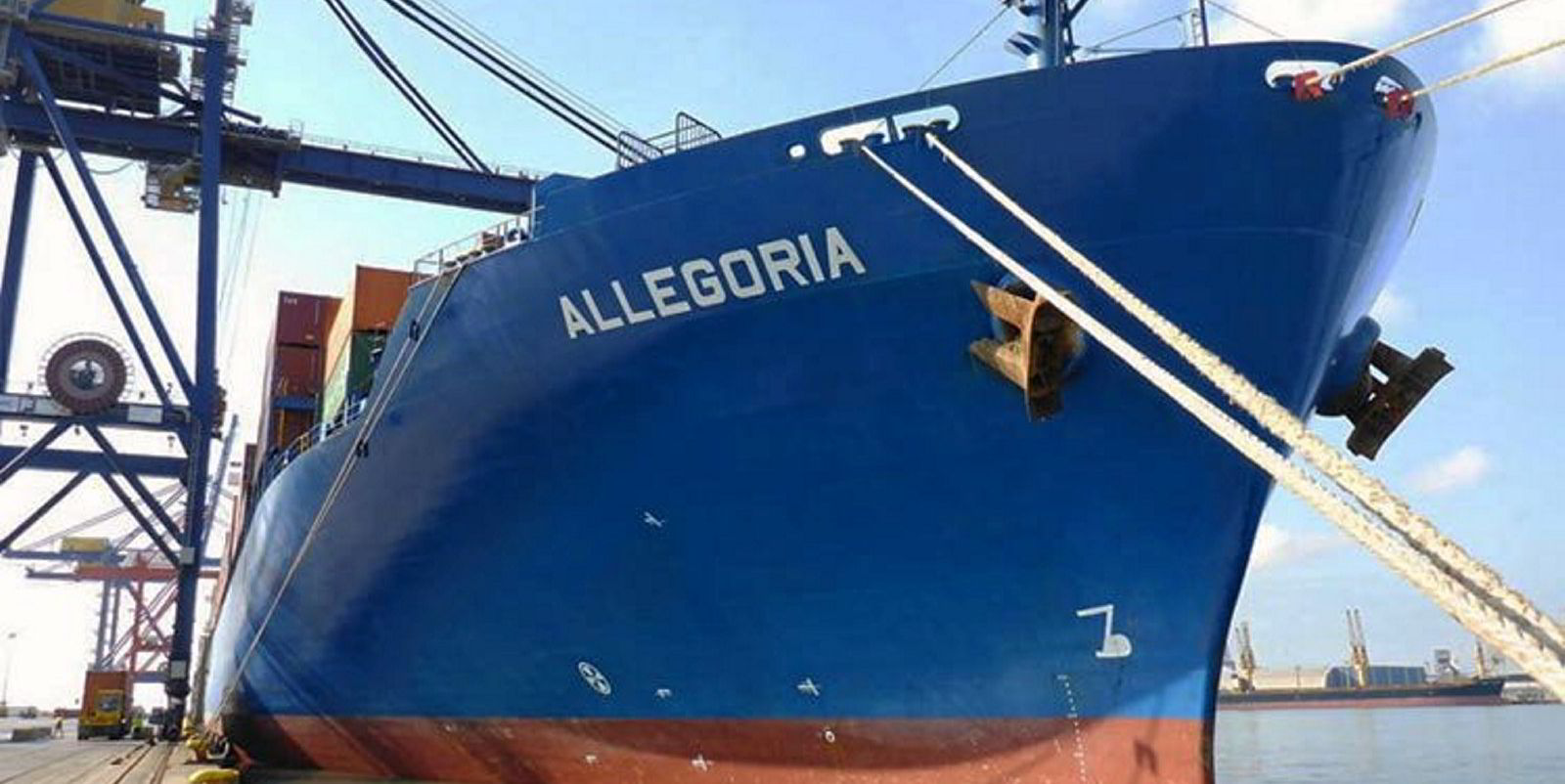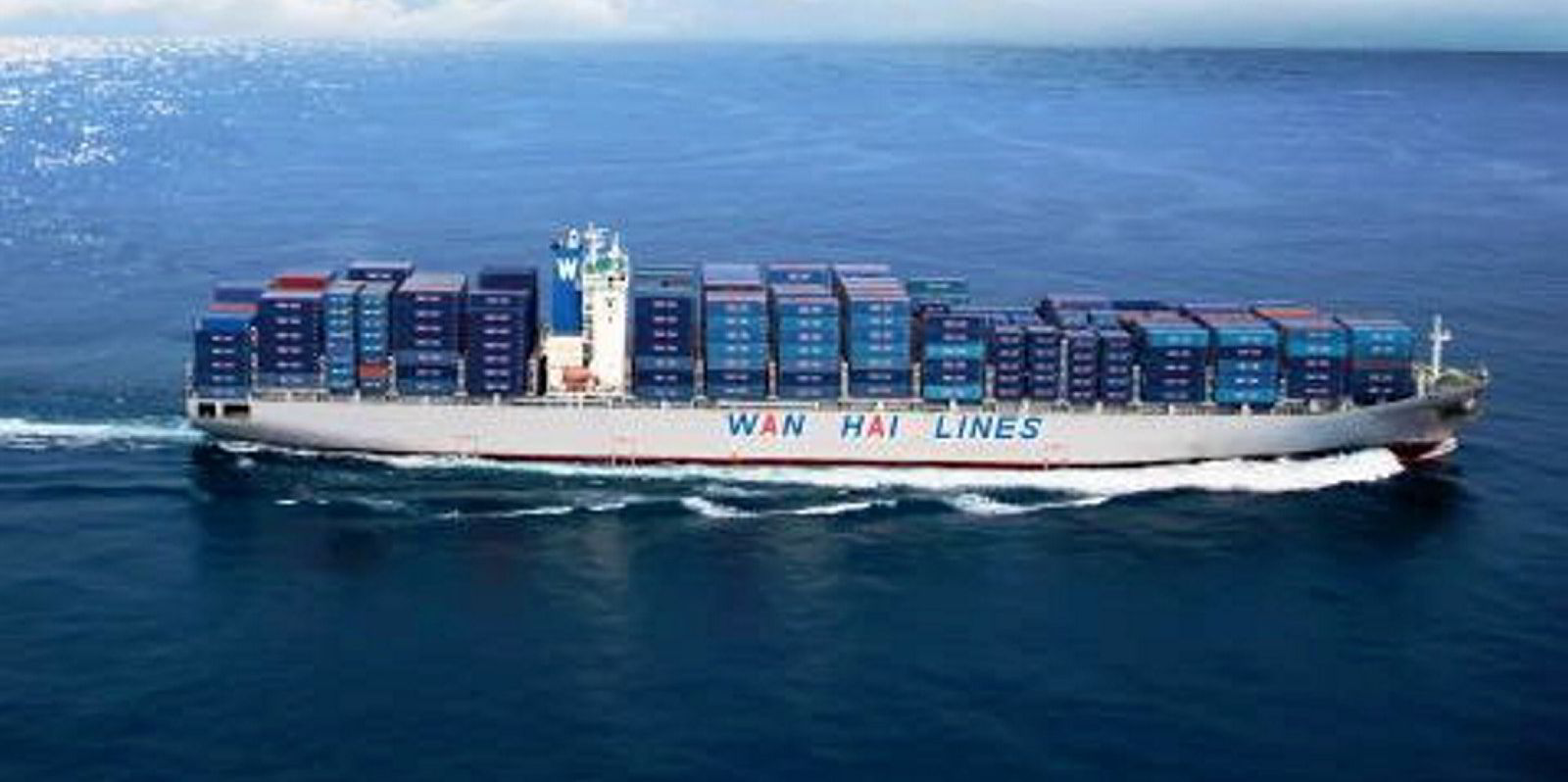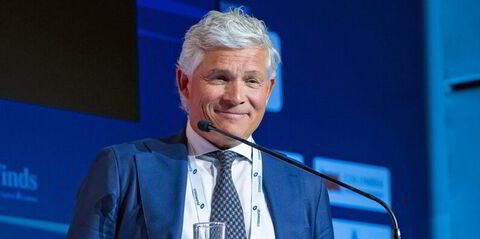Taiwanese shipowner Wan Hai Lines has emerged as the top buyer of secondhand container ships among Asian vessel owners last year.
The company purchased a total of 13 vessels with a combined capacity of 88,637 teu for $691.85m, according to VesselsValue.
“The majority of value and capacity was driven by their purchase of four 13,118-teu new panamax resales in May 2021 from Capital Executive Ship Management,” VesselsValue junior cargo analyst Felix Mathes said.
Although Wan Hai spent the most, China Development Bank (CDB) purchased the highest number of vessels by spending $428.8m on 17 ships with a total capacity of 32,779 teu.
“All 17 containers were a result of CDB exercising purchase options at the end of the charter expiration,” Mathes told TradeWinds.
The bulk of the top-10 Asian buyers of containerships were typically companies at the smaller end of the ownership spectrum, such as Regional Container Lines, OM Maritime, Interasia Lines and X-Press Feeders.
In terms of the biggest Asian boxship sellers in 2021, Idan Ofer-backed Eastern Pacific Shipping topped the list.
A total of seven vessels with a total capacity of 47,123 teu departed the Singapore-based owner’s fleet, bringing in revenue of $448m, according to VesselsValue.
Low-profile shipowner Asiatic Lloyd Shipping came a close second to Eastern Pacific, also selling seven vessels, with the transactions earning just shy of $300m.
“Asiatic Lloyd was rather active in the S&P and newbuilding markets in 2021 and 2022,” Mathes said. “They bought two feedermax vessels of 1,049 teu, built by Dae Sun, from Lantau Shipping in August 2021.
“They sold a total of 13 vessels over the two years, seven of which were panamax vessels with sizes ranging from 4,253 teu to 4,395 teu. Three of these were bought by Zim and two by CMA CGM.
“Furthermore, they sold six feedermax vessels. All six vessels were built by Sedef in Turkey and have a capacity of between 1,110 teu and 1,155 teu.

“With Asiatic Lloyd’s primary focus on asset play and container vessel values rising to unprecedented levels to date, it was the perfect opportunity to dispose of some of their container vessels.”
In terms of value growth, older handysize containers were the best performers in this respect throughout 2021, increasing a staggering 904% over the past 12 months.
All container ships of panamax-size and under 15 years old saw valuations increase between 400% and 700% during 2021.
“This is partly due to them being valued at scrap before the market boom and hence having one of the greatest potentials for growth,” Mathes said.
An interesting factor to emerge from the data compiled by VesselsValue was the absence of large Asian shipowners from the secondhand market.
“Cosco, the largest Asian container ship owner, stayed almost completely out of the hot S&P market in 2021 and 2022, selling only one vessel — the 1,800-teu Bremen Trader (built 2021) — but ordered a total of 10 new panamax vessels ranging in size from 14,092 teu to 16,180 teu in the newbuilding market,” Mathes said.
“Evergreen, the second-largest Asian owner, also did not buy a single vessel in the S&P market either but ordered an astonishing 51 newbuildings.”
Mathes said the same strategy was also adopted by OOCL, which, while it ordered 10 new panamax vessels of 16,000 teu for delivery in 2024 and 2025, has not been active in the S&P market since the beginning of 2021.
In Japan, Ocean Network Express also remained largely absent from the S&P market, with Mitsui OSK Lines and K Line steering completely clear from both S&P and newbuilding markets, and NYK Line only selling a single ship — the 6,492-teu Argus (built 2004).
In contrast, the three largest European container lines — MSC, Maersk and CMA CGM — were “extremely active” in the S&P market, with MSC and CMA CGM, in particular, purchasing more than 60 secondhand ships each, according to VesselsValue.
“The numbers above clearly show the different approaches of being active in the S&P market and making the most of the current unprecedented high freight rates or being absent from the S&P market and focusing only on the newbuilding market to rejuvenate their fleets,” Mathes said.
“Which strategy is the better one will become clear at the end of 2023 and beginning of 2024 when many newbuildings will enter the market and the current congestion worldwide may have been overcome.”





